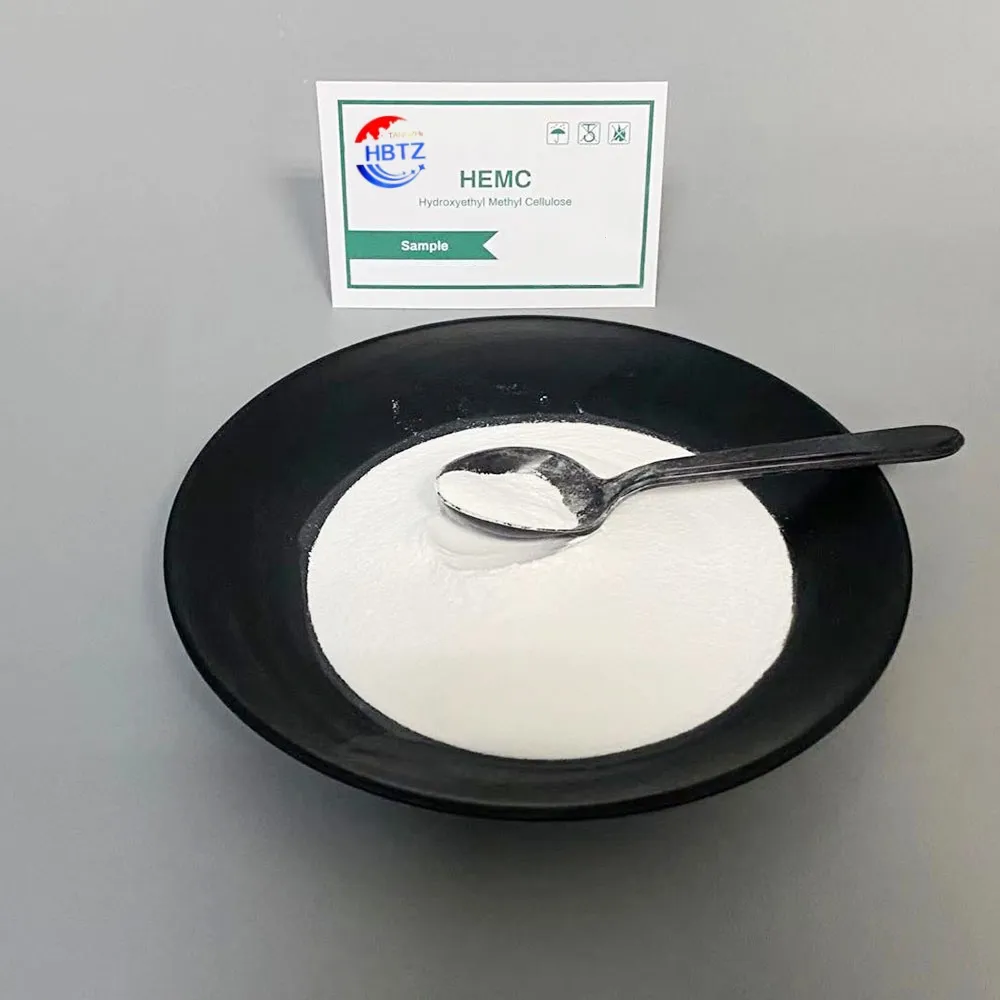
Exploring Cellulose Types and Their Expanding Industrial Applications
Cellulose is the most abundant organic polymer on Earth, forming the structural component of plant cell walls and offering exceptional versatility in industrial applications. In recent years, the diversity of cellulose type options and their derivatives has expanded, enabling innovations in packaging, construction, food processing, and biotechnology. From cellulose packaging for food to advanced forms like nanofibrillar cellulose and cellulose nanoparticles, these materials are shaping sustainable solutions for multiple industries.

1. Cellulose Types and Their Key Variants
Cellulose occurs naturally in plant matter but can be modified chemically or physically to suit specific applications. Below are some common and specialized cellulose type variants:
Fibrous Cellulose – Commonly used in paper and textile production, offering durability and absorbency.
Fibrillated Cellulose – A high-surface-area form used to reinforce composites and enhance rheological properties in paints and coatings.
Nanofibrillar Cellulose – Known for its exceptional strength-to-weight ratio, making it valuable in high-performance packaging and bio-composites.
Fungal Cellulose – Produced by certain fungi, offering unique biomedical and food applications due to its purity and biocompatibility.
Grass Cellulose – Extracted from grass fibers, often used in eco-friendly pulp and bio-material manufacturing.
In the chemical industry, various cellulose derivatives are used to modify properties like solubility, viscosity, and film-forming ability:
MHEC Chemical (Methyl Hydroxyethyl Cellulose) – A versatile thickener and water-retention agent, used in adhesives, coatings, and construction products. Many methyl hydroxyethyl cellulose manufacturers supply it for tile adhesives, paints, and detergents.
Hydroxypropyl Methyl – A shortened reference to hydroxypropyl methylcellulose, which is valued for its gelling, thickening, and stabilizing properties. Businesses often ask, what is hydroxypropyl methylcellulose used for? The answer: it’s widely applied in pharmaceuticals, construction, cosmetics, and food.
Sodium Carboxymethyl – A water-soluble cellulose ether used in detergents, foods, and drilling fluids.
Carboxymethyl Cellulose in Food – Serves as a stabilizer, emulsifier, and texture enhancer in sauces, ice cream, and baked goods.

2. Cellulose in Packaging and Food Applications
One of the fastest-growing uses of cellulose lies in sustainable packaging, driven by increasing environmental regulations and consumer demand for eco-friendly products.
Cellulose Packaging for Food
Cellulose packaging for food provides a biodegradable alternative to plastic. It offers transparency, strength, and moisture resistance, making it ideal for baked goods, confectionery, and fresh produce.
Cellulose Food Packaging
This category includes both uncoated cellulose films and coated variants that enhance shelf life and protect products from contamination. The industry often refers to this as cellulose based packaging, which meets both performance and sustainability requirements.
Cellulose Nanoparticles in Packaging
With their barrier and reinforcement capabilities, cellulose nanoparticles improve the mechanical properties and oxygen resistance of cellulose food packaging. They enable thinner, stronger films that maintain eco-friendly benefits.
Advancements with Nanofibrillar Cellulose
Like cellulose nanoparticles, nanofibrillar cellulose can be incorporated into packaging to boost strength and durability while maintaining compostability.

3. The Growing Role of Cellulose in Sustainable Innovation
The scope of cellulose use continues to widen across industries:
Construction – Products like MHEC chemical, cellosize hydroxyethyl cellulose, and hydroxypropyl methyl derivatives improve cement, plaster, and adhesive performance.
Food – Carboxymethyl cellulose in food, sodium carboxymethyl, and fibrous cellulose enhance texture, stability, and moisture control.
Biotechnology – Fungal cellulose and grass cellulose are explored for biomedical scaffolds and renewable material sources.
Advanced Materials – Cellulose nanoparticles and nanofibrillar cellulose enable next-generation composites, electronics, and packaging solutions.
The demand for renewable, biodegradable, and functional materials ensures that the role of cellulose will continue to grow, especially with companies like methyl hydroxyethyl cellulose manufacturers driving innovation in cellulose derivatives.
From natural fibers like grass cellulose to advanced forms such as nanofibrillar cellulose and cellulose nanoparticles, cellulose remains at the forefront of sustainable material innovation. Whether it is cellulose packaging for food, cellulose based packaging, or functional derivatives like MHEC chemical and hydroxypropyl methyl compounds, each cellulose type offers unique advantages. As industries seek greener and more efficient solutions, cellulose-based technologies will continue to lead the way in packaging, construction, food processing, and beyond.
FAQ About Cellulose Types and Their Applications
What is hydroxypropyl methylcellulose used for?
Hydroxypropyl methylcellulose is used as a thickener, stabilizer, and film-former in pharmaceuticals, construction materials, cosmetics, and food products.
What makes cellulose packaging for food eco-friendly?
Cellulose packaging for foodis biodegradable, compostable, and derived from renewable plant sources, making it a sustainable alternative to plastic packaging.
How is nanofibrillar cellulose different from fibrillated cellulose?
Nanofibrillar cellulosehas much finer fibers, offering higher strength, better transparency, and improved barrier properties compared to standard fibrillated cellulose.
What is the role of carboxymethyl cellulose in food?
Carboxymethyl cellulose in foodacts as a thickener, emulsifier, and stabilizer, helping improve the texture and shelf life of various products.
Who are methyl hydroxyethyl cellulose manufacturers?
Methyl hydroxyethyl cellulose manufacturersproduce cellulose derivatives used in construction, adhesives, coatings, and detergents for improved performance and workability.
-
Hydroxypropyl Starch as a Sustainable Construction AdditiveNewsNov.24,2025
-
The Gelation Properties of CMCNewsNov.21,2025
-
Redispersible Latex Powder and Water Retention CapacityNewsNov.21,2025
-
Dosage Control for Polycarboxylate Water ReducerNewsNov.21,2025
-
Film-Forming Properties of Polyvinyl AlcoholNewsNov.21,2025
-
The Function of Gypsum Additives in MortarNewsNov.21,2025





















